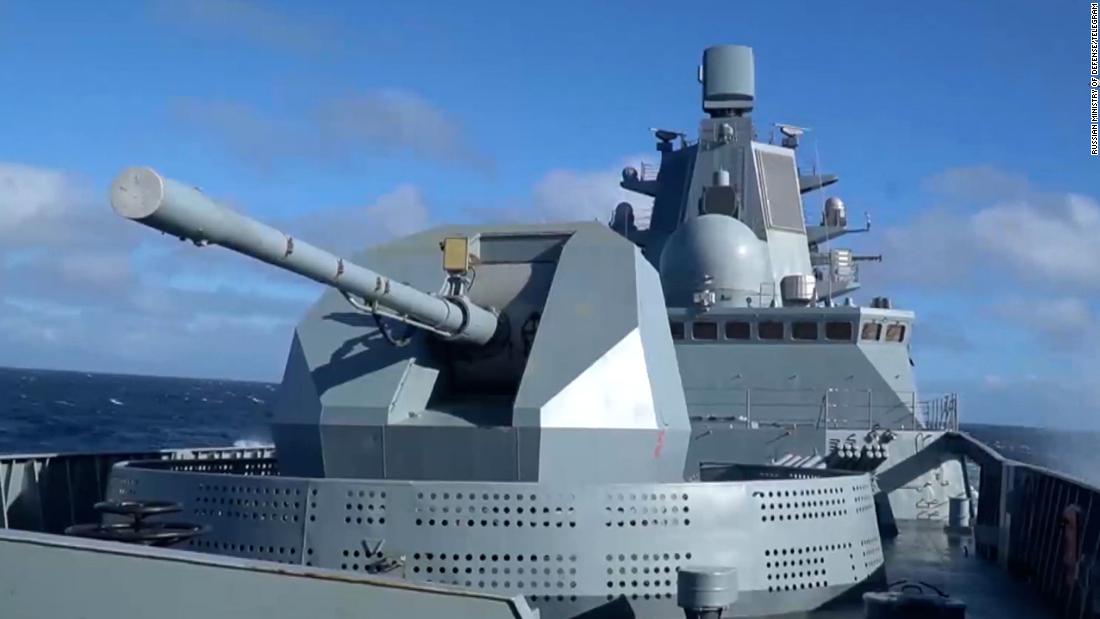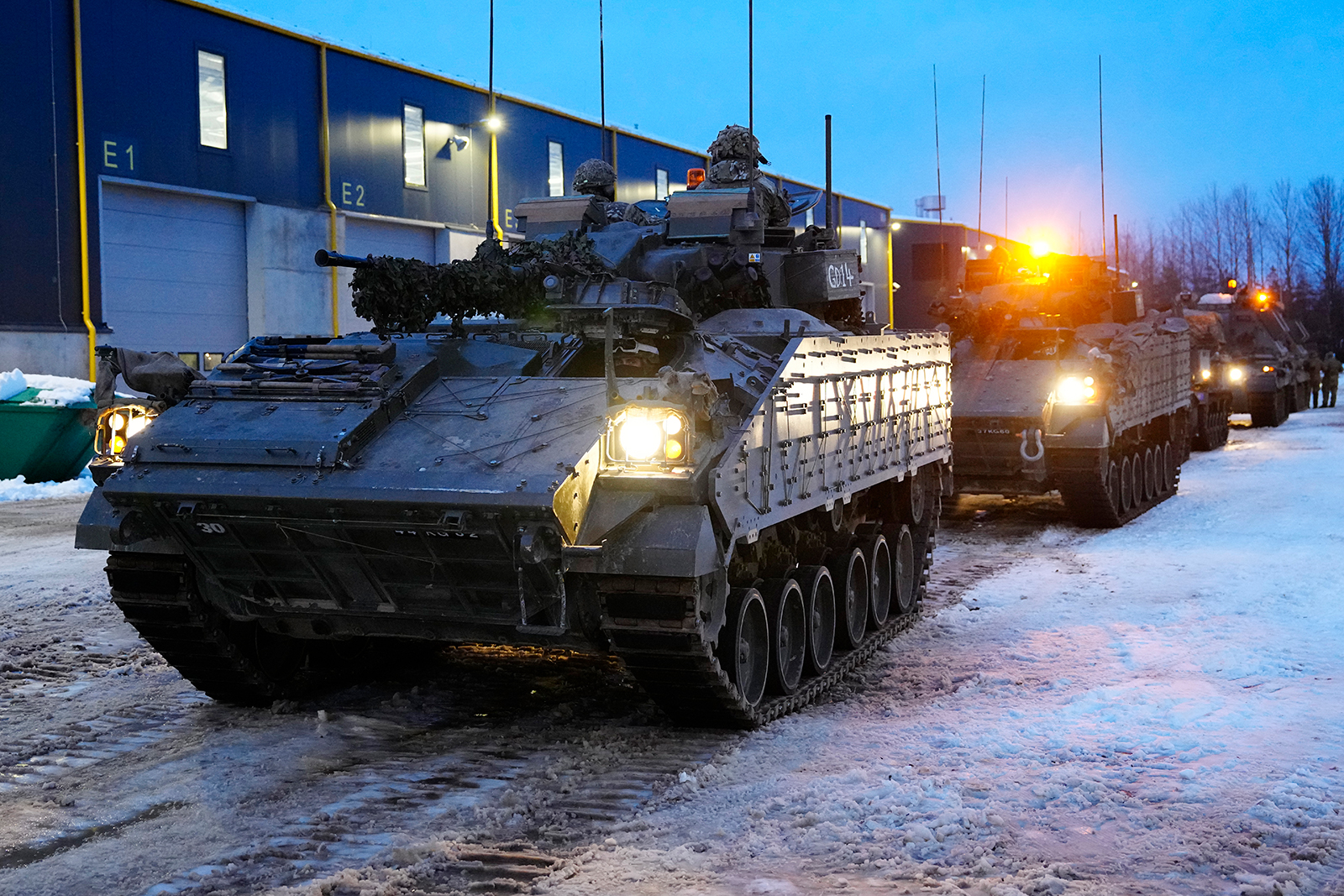

Those hoping that main battle tanks donated by NATO allies to Ukraine will have an immediate impact in its war with Russia may have to adjust their expectations.
After confirming it will receive deliveries of the American M-1 Abrams, German Leopards and British Challengers, Kyiv is now confronted with the logistical and operational realities of incorporating an assortment of vastly different and complex heavy armor into effective fighting units.
But first, the Ukrainians must factor in the time line for delivery.
Even the most optimistic estimates say it will take months for the tanks to enter the battlefield in numbers to make a big difference, while in the case of Abrams tanks it could be more than a year before Ukraine is able to deploy them.
Deputy Pentagon press secretary Sabrina Singh said Thursday that the United States would provide Ukraine with an advanced version of the Abrams, the M1A2.
The US does not “have these tanks available in excess in our US stocks,” she said, adding it will take “months to transfer” them to Ukraine.
Many analysts say it would make things easier for Ukraine to stick with one kind of tank, and that’s what makes Germany’s decision to allow Leopards into the fight so important.
Modern main battle tanks are complicated pieces of weaponry. Looking formidable and rugged on the outside, much of their effectiveness on the battlefield comes down to sophisticated electronic and computer systems at their core. Those systems find targets and train the tank’s main gun on them.
Maintaining the tanks, repairing them, and supplying the parts necessary requires detailed training all the way from the crews in the vehicles to the logistics trail supporting them, hundreds or maybe thousands of miles from the front lines in eastern Ukraine.
“The tank that they can operate and maintain most effectively will be the right option, which probably means one available in large numbers with less complex systems, which runs on the most accessible fuels and uses readily available ammunition — and that likely means the Leopard 2,” said Blake Herzinger, a nonresident fellow at the American Enterprise Institute.
Read the full analysis here.
